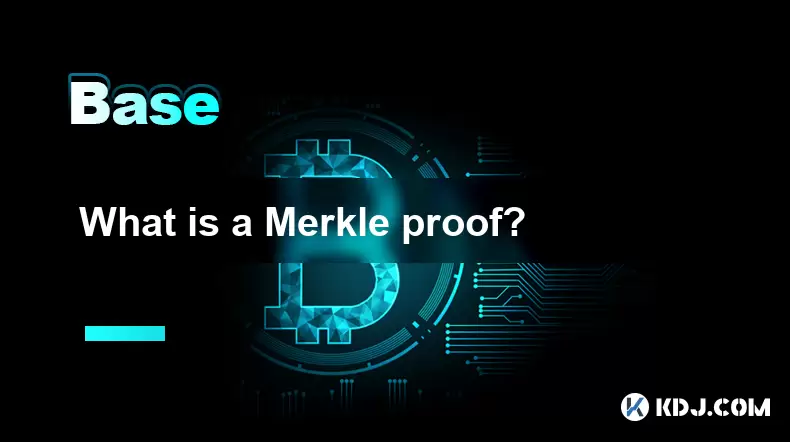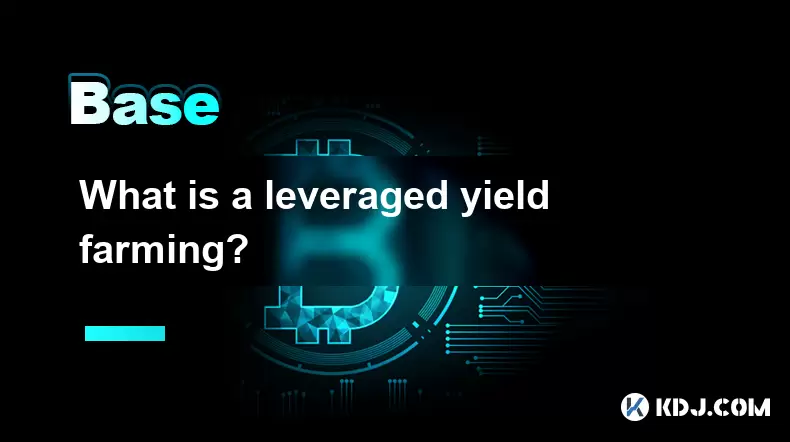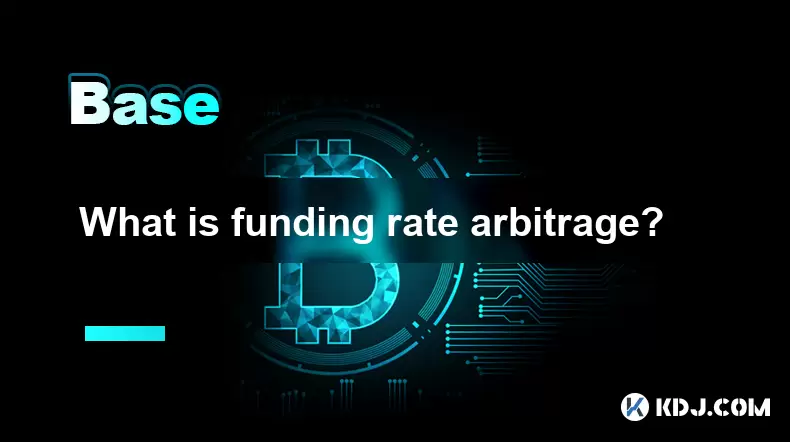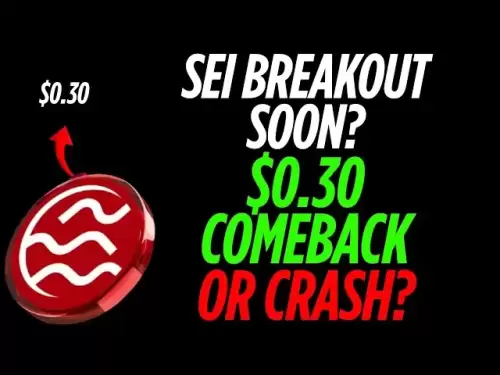-
 Bitcoin
Bitcoin $109,583.2239
0.19% -
 Ethereum
Ethereum $2,583.4612
0.48% -
 Tether USDt
Tether USDt $1.0003
-0.04% -
 XRP
XRP $2.2681
0.70% -
 BNB
BNB $659.9218
-0.52% -
 Solana
Solana $151.4961
-0.37% -
 USDC
USDC $0.9999
-0.02% -
 TRON
TRON $0.2861
1.20% -
 Dogecoin
Dogecoin $0.1718
0.04% -
 Cardano
Cardano $0.5960
-0.07% -
 Hyperliquid
Hyperliquid $40.1233
2.85% -
 Sui
Sui $2.9974
2.48% -
 Bitcoin Cash
Bitcoin Cash $497.1279
-1.76% -
 Chainlink
Chainlink $13.7275
-0.22% -
 UNUS SED LEO
UNUS SED LEO $9.0241
0.70% -
 Avalanche
Avalanche $18.5536
-0.88% -
 Stellar
Stellar $0.2421
1.39% -
 Toncoin
Toncoin $2.8593
-0.51% -
 Shiba Inu
Shiba Inu $0.0...01187
-0.07% -
 Litecoin
Litecoin $90.0023
2.90% -
 Hedera
Hedera $0.1590
2.79% -
 Monero
Monero $322.1495
0.00% -
 Polkadot
Polkadot $3.5453
-1.00% -
 Dai
Dai $1.0000
-0.01% -
 Bitget Token
Bitget Token $4.5733
-1.06% -
 Ethena USDe
Ethena USDe $1.0002
-0.01% -
 Uniswap
Uniswap $7.6345
3.03% -
 Aave
Aave $279.2583
0.47% -
 Pepe
Pepe $0.0...01003
-1.52% -
 Pi
Pi $0.4941
-0.32%
What is a Merkle proof?
Merkle proofs enable efficient, secure verification of data integrity in blockchains by using cryptographic hashes to confirm a transaction's presence without needing the full dataset.
Jul 04, 2025 at 06:21 am

Understanding the Concept of a Merkle Proof
A Merkle proof is a cryptographic method used to verify the integrity and inclusion of specific data within a larger dataset without needing to access the entire dataset. It is commonly used in blockchain technology, especially in systems like Bitcoin and Ethereum, where efficient and secure verification is crucial. The concept is based on Merkle trees, also known as hash trees, which allow for efficient and secure verification of large sets of data.
At its core, a Merkle proof ensures that a particular transaction or data block exists within a larger structure by using a series of cryptographic hashes. This method allows nodes to validate transactions quickly and with minimal computational resources.
How a Merkle Tree Works
To understand Merkle proofs, it's essential to first grasp how Merkle trees function. A Merkle tree is a binary tree structure where each leaf node contains a hash of a data block, and each non-leaf node contains a hash of its child nodes. The topmost node of this tree is called the Merkle root, which represents a single hash summarizing all the data in the tree.
Here’s a simplified breakdown of building a Merkle tree:
- Each transaction in a block is hashed individually.
- These individual hashes are then paired and combined recursively until a single hash (the Merkle root) is obtained.
- If there's an odd number of nodes at any level, the last node is duplicated to form a pair.
This hierarchical hashing enables efficient and secure verification of data subsets through Merkle proofs.
Constructing a Merkle Proof
A Merkle proof involves providing enough information to recalculate the Merkle root from a specific transaction hash. Here's how it works step-by-step:
- Suppose you want to prove that a specific transaction exists in a block.
- You start with the hash of that transaction.
- Then, you include the sibling hashes at each level required to recompute the path up to the Merkle root.
- By applying the same hashing algorithm used in the original Merkle tree, anyone can verify that the provided hashes lead to the correct Merkle root.
This process ensures that even if only parts of the data are available, their authenticity can still be validated against the known Merkle root.
Applications of Merkle Proofs in Blockchain
Merkle proofs play a critical role in various aspects of blockchain technology, particularly in lightweight clients and smart contracts. Some notable applications include:
- Lightweight Clients (SPV Nodes): Simplified Payment Verification (SPV) nodes use Merkle proofs to confirm that a transaction is included in a block without downloading the entire blockchain.
- Cross-chain Communication: In cross-chain bridges or Layer 2 solutions, Merkle proofs help verify that events or transactions have occurred on one chain before taking action on another.
- Smart Contract Verification: Smart contracts often rely on Merkle proofs to validate off-chain data submissions efficiently.
These implementations highlight how Merkle proofs enable scalable and trustless verification mechanisms across decentralized systems.
Implementing a Basic Merkle Proof Example
Let’s walk through a simple example of generating and verifying a Merkle proof manually:
- Assume we have four transactions: T1, T2, T3, T4.
- Compute the hashes of these transactions: H(T1), H(T2), H(T3), H(T4).
- Pair them to compute parent hashes: H(H(T1)+H(T2)) and H(H(T3)+H(T4)).
- Combine those two to get the Merkle root: MR = H( H(H(T1)+H(T2)) + H(H(T3)+H(T4)) )
Now, suppose we want to prove that T2 is part of this block:
- Provide H(T2) along with H(T1) (its sibling).
- Also provide H(H(T3)+H(T4)) (the sibling of the parent node).
- Using these values, the verifier can recompute the Merkle root and check against the known value.
This demonstrates how minimal data is needed to verify inclusion, making Merkle proofs highly efficient.
Frequently Asked Questions (FAQs)
Q: Can Merkle proofs be used outside of blockchain?
Yes, Merkle proofs are applicable in any system requiring efficient and secure data verification, such as distributed file systems, version control systems, and content delivery networks.
Q: How do Merkle proofs differ from digital signatures?
While both ensure data integrity, Merkle proofs focus on proving membership within a dataset, whereas digital signatures authenticate the origin and integrity of a message using asymmetric cryptography.
Q: Are Merkle proofs quantum-resistant?
Merkle proofs themselves are not inherently quantum-resistant; however, they can be made so by using post-quantum cryptographic hash functions instead of traditional ones like SHA-256.
Q: Why are Merkle proofs important for scalability?
They allow partial verification of data without needing full copies, reducing storage and bandwidth requirements—key factors in scaling decentralized systems.
Disclaimer:info@kdj.com
The information provided is not trading advice. kdj.com does not assume any responsibility for any investments made based on the information provided in this article. Cryptocurrencies are highly volatile and it is highly recommended that you invest with caution after thorough research!
If you believe that the content used on this website infringes your copyright, please contact us immediately (info@kdj.com) and we will delete it promptly.
- BONK Price Prediction: Meme Coin Mania and What's Next?
- 2025-07-04 12:30:13
- NYAG, Stablecoins, and FDIC Protections: Navigating the Regulatory Maze
- 2025-07-04 13:10:15
- Level Up Your DeFi Game: Phantom Wallet and the Ultimate DeFi Experience
- 2025-07-04 13:10:15
- Bitcoin Surge: Breaking Down the $109,000 Barrier and the Road to $165,000?
- 2025-07-04 12:30:13
- Solana ETF Inflows & Snorter Token: A New Era for Meme Coin Trading?
- 2025-07-04 12:50:12
- Ripple, Stablecoin, and First Bank: Decoding the Latest Moves in Crypto
- 2025-07-04 12:50:12
Related knowledge

What is a user-generated content (UGC) NFT platform?
Jul 04,2025 at 01:49pm
Understanding the Concept of a UGC NFT PlatformA user-generated content (UGC) NFT platform is a digital marketplace or ecosystem where users can create, mint, and trade non-fungible tokens (NFTs) that represent ownership of original digital content they produce. Unlike traditional NFT platforms where creators often include professional artists or develo...

What is a token generation event (TGE)?
Jul 04,2025 at 07:14am
Understanding the Basics of a Token Generation Event (TGE)A Token Generation Event (TGE) refers to the process through which a blockchain project creates and distributes its native tokens to investors, participants, or stakeholders. This event is often associated with new cryptocurrency projects launching on platforms like Ethereum, Binance Smart Chain,...

What is a block explorer API?
Jul 04,2025 at 05:07am
Understanding the Role of a Block Explorer APIA block explorer API is a crucial interface that enables developers and users to interact programmatically with blockchain data. Unlike traditional APIs used in web services, a block explorer API specifically provides access to blockchain-related information such as transaction details, wallet balances, bloc...

What is a leveraged yield farming?
Jul 04,2025 at 09:36am
Understanding Leveraged Yield FarmingLeveraged yield farming is a more advanced form of yield farming, which itself is a popular method in the decentralized finance (DeFi) ecosystem to earn returns by providing liquidity to various protocols. In traditional yield farming, users deposit tokens into a DeFi platform and earn rewards in return, often in the...

What is open interest in derivatives?
Jul 03,2025 at 02:49pm
Understanding Open Interest in DerivativesOpen interest is a critical metric used in the cryptocurrency derivatives market, particularly when analyzing futures and options contracts. It represents the total number of outstanding contracts that have not been settled or closed by either party involved. Unlike trading volume, which counts all trades made i...

What is funding rate arbitrage?
Jul 04,2025 at 11:43am
Understanding Funding Rate Arbitrage in the Cryptocurrency MarketFunding rate arbitrage is a trading strategy employed by crypto traders to exploit differences in funding rates across various perpetual futures exchanges. In perpetual contracts, funding rates are periodic payments made between long and short traders depending on whether the price of the ...

What is a user-generated content (UGC) NFT platform?
Jul 04,2025 at 01:49pm
Understanding the Concept of a UGC NFT PlatformA user-generated content (UGC) NFT platform is a digital marketplace or ecosystem where users can create, mint, and trade non-fungible tokens (NFTs) that represent ownership of original digital content they produce. Unlike traditional NFT platforms where creators often include professional artists or develo...

What is a token generation event (TGE)?
Jul 04,2025 at 07:14am
Understanding the Basics of a Token Generation Event (TGE)A Token Generation Event (TGE) refers to the process through which a blockchain project creates and distributes its native tokens to investors, participants, or stakeholders. This event is often associated with new cryptocurrency projects launching on platforms like Ethereum, Binance Smart Chain,...

What is a block explorer API?
Jul 04,2025 at 05:07am
Understanding the Role of a Block Explorer APIA block explorer API is a crucial interface that enables developers and users to interact programmatically with blockchain data. Unlike traditional APIs used in web services, a block explorer API specifically provides access to blockchain-related information such as transaction details, wallet balances, bloc...

What is a leveraged yield farming?
Jul 04,2025 at 09:36am
Understanding Leveraged Yield FarmingLeveraged yield farming is a more advanced form of yield farming, which itself is a popular method in the decentralized finance (DeFi) ecosystem to earn returns by providing liquidity to various protocols. In traditional yield farming, users deposit tokens into a DeFi platform and earn rewards in return, often in the...

What is open interest in derivatives?
Jul 03,2025 at 02:49pm
Understanding Open Interest in DerivativesOpen interest is a critical metric used in the cryptocurrency derivatives market, particularly when analyzing futures and options contracts. It represents the total number of outstanding contracts that have not been settled or closed by either party involved. Unlike trading volume, which counts all trades made i...

What is funding rate arbitrage?
Jul 04,2025 at 11:43am
Understanding Funding Rate Arbitrage in the Cryptocurrency MarketFunding rate arbitrage is a trading strategy employed by crypto traders to exploit differences in funding rates across various perpetual futures exchanges. In perpetual contracts, funding rates are periodic payments made between long and short traders depending on whether the price of the ...
See all articles

























































































